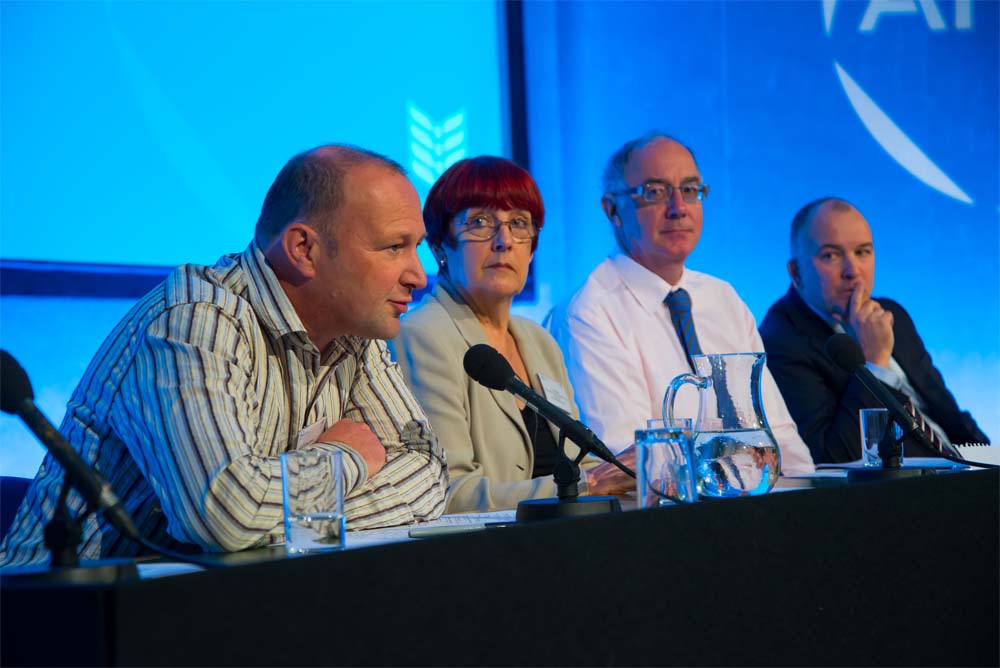
Combating future pest, weed and disease threats to UK agriculture was the subject of a scientific conference held on Wednesday in London, which was attended by around 170 delegates.
The AHDB Crop Research Conference brought together researchers and the agricultural industry in a debate to take the latest research out of the laboratory and into the field. There were also more than twenty entries into a PhD poster competition, which showcased the work of up-and-coming researchers specialising in crop protection.
MP David Willetts, Minister for Universities and Science, emphasised how the aims of the conference chimed with the new Agri-Tech Strategy: “An area of science where Britain is extraordinarily strong is in our agricultural research and it’s great to see at this conference exciting and innovative scientific research.
“We are going to keep on backing upstream science and we are going to put a bit more effort and a bit more resource behind translating that into practice.”
Throughout the event, speakers emphasised that crop protection is an evolutionary battle with an enemy that can rapidly evolve and overcome control measures. “Evolution is a very powerful opponent, so we need diversity in several ways to counter it; genetic diversity in crops, technological diversity on farms and diversity of scientific interest, which will give novel approaches to crop protection,” said AHDB’s Chief Scientist Ian Crute.
Diversity of scientific interest was well represented in the poster competition. Rachel Goddard of the John Innes Centre won first prize for her work on an alternative dwarfing gene in cereal crops, which may offer improved disease resistance. Massimo Rutolo was runner-up for work on using electronic noses to detect storage diseases in potatoes. Louise Gamble was also runner-up for research into rhynchosporium disease of barley.
Other speakers were optimistic that new technology will open the door for more resilient crop protection by telling us more about target organisms. Professor John Lucas of Rothamsted Research, who presented in session two, championed this view. “We are in react mode too often, we need to get more proactive and use genomic techniques to try and work out what the pathogen will do next,” he said.
Another key theme of the Conference was how to monitor pest and disease risk effectively. Dr Rick Mumford of Fera and Dr Stephen Parnell of Rothamsted Research both had interesting views on this. They identified three challenges; developing simple to use tests, having robust disease models and being aware of emerging disease threats before they become serious. Research resources are already committed to this field but it is likely to be a growth area in the years ahead.
“The recently unveiled Agri-Tech Strategy is a great opportunity to turn the cutting-edge science seen at the conference into a practical reality,” commented Dr Susannah Bolton, Head of Research and KT for cereals and oilseeds at AHDB.
“The next step is to make sure that the novel approaches we’ve seen today become part of our research strategy, and that we continue to get better at technology and knowledge transfer to the field.”
